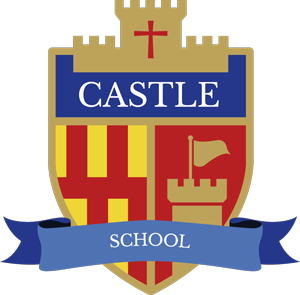Providing the need and/or the opportunity
At home it is very important for children to be independent e.g. getting a yoghurt from the fridge when they are hungry. However, to encourage them to communicate, we need to give children reasons and opportunities to do so. You can encourage your child to communicate by:
- Placing a favourite thing out of reach or in a difficult to open clear container.
- Forgetting to give them something needed for the activity e.g. paper without pens or yoghurt without a spoon to eat it.
- Offering a choice of two things – one they really like and one that is not interesting for them. E.g. their favourite toy and one wooden block.
If you would like further support with activities to encourage communication contact your child’s Speech and Language Therapist.
Using simple language
Core or ‘high frequency’ words make up most of our speech. These are usually small words which are not specific to a topic or activity and include action words, descriptors (big, small etc), pronouns (I, you etc) and prepositions (in, on, under etc). Fringe or ‘topic’ words occur less often, can be personal and topic specific.
Using core vocabulary
This happens because the functionality/content marked as “Google Youtube” uses cookies that you choosed to keep disabled. In order to view this content or use this functionality, please enable cookies: click here to open your cookie preferences.
Using a communication board
A communication board is a board with symbols or pictures that is used to support communication for children with limited expressive language ability.
How to use a communication board to get your child talking
This happens because the functionality/content marked as “Google Youtube” uses cookies that you choosed to keep disabled. In order to view this content or use this functionality, please enable cookies: click here to open your cookie preferences.
Modelling
Modelling or aided language stimulation is extremely important. Watch these videos to find out why.
This happens because the functionality/content marked as “Google Youtube” uses cookies that you choosed to keep disabled. In order to view this content or use this functionality, please enable cookies: click here to open your cookie preferences.
This happens because the functionality/content marked as “Google Youtube” uses cookies that you choosed to keep disabled. In order to view this content or use this functionality, please enable cookies: click here to open your cookie preferences.
PECS
PECS is communication system using the physical exchange of a symbol to start an interaction.
Some children need this physical exchange to demand attention and initiate communication. They might be able to point to a picture or a communication board but unless they have checked that the other person is watching there will be no communication.
If you child is using PECS and you would like support please contact your child’s Speech and Language Therapist.
Makaton
Makaton is a sign language used alongside speech in spoken word order.
Makaton is used by staff throughout the school to support children to understand spoken language.
Makaton is different from British Sign Language (BSL) commonly used by the deaf community. Makaton is used alongside speech following the same word order e.g. in BSL, you would sign "what’s your name?" as “your name what?" While in Makaton you would sign and say “what your name?”
When children see a sign being used frequently, they may start to copy us and use the sign themselves. Their sign may not be accurate but we know what they mean. If we keep using the proper sign, then in time their sign may become clearer.
If you would like specific signs, speak to your child’s Speech and Language Therapist or school staff.
Here are some fun activities to try at home including stories and songs:

